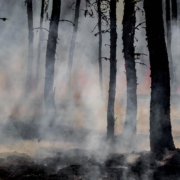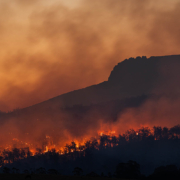First Nations Fire Protection Strategy 2023-2028
With wildfires occurring earlier in the Spring and Summer months due to climate change, First Nations in Canada, especially those located in remote locations, face challenges due to limited access to fire prevention and safety services. The First Nations Fire Protection Strategy 2023-2028 provides long-term and short-term actions to “set out a path to improve fire outcomes for First Nations.”
The First Nations Fire Protection Strategy 2023-2028 (herein referred to as “Strategy”) was co-developed by the Assembly of First Nations (AFN) and Indigenous Services Canada. The aim of the Strategy is to establish concrete actions for First Nations’ fire protection and fire prevention. The Strategy also integrates these actions with emergency management measures as per the United Nations Office for Disaster Risk Reduction Sendai Framework.
The Strategy is reinforced by six pillars, each with a set of goals, and ends with an appendix that outlines guidelines for “municipal type service agreements.” The strategic pillars are:
- Partnership for First Nations fire protection
- Fire prevention education
- Community standards
- Fire service operational standards
- Climate change
- Critical infrastructure
Wildfires in Canada are at an all-time high in 2023 and are attributed to especially warm and dry conditions. Climate change, as the fifth pillar of the First Nation Fire Protection Strategy 2023-2028, calls for investing in the capacity of First Nations’ fire departments to better respond to fire events and to increasing efforts that reduce the risk of wildfire emergencies in Indigenous communities.
By Leela Viswanathan
(Image Credit: John Towner, Unsplash)

 John Towner
John Towner


 Matt Howard, Unsplash
Matt Howard, Unsplash

 Mariola Grobelska
Mariola Grobelska